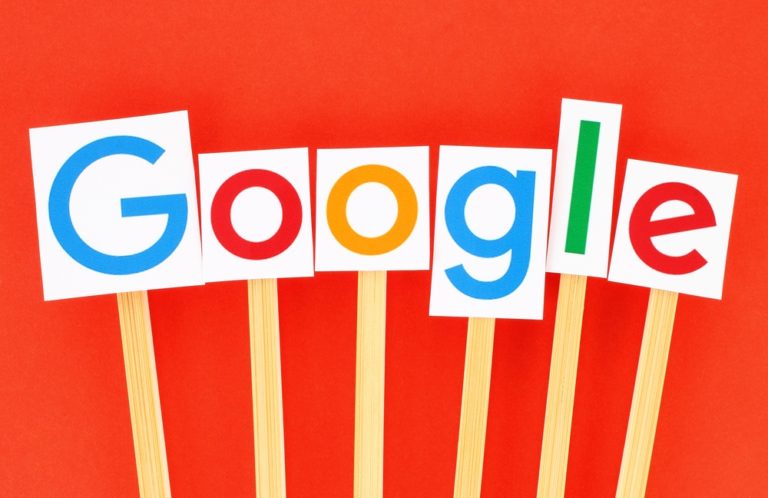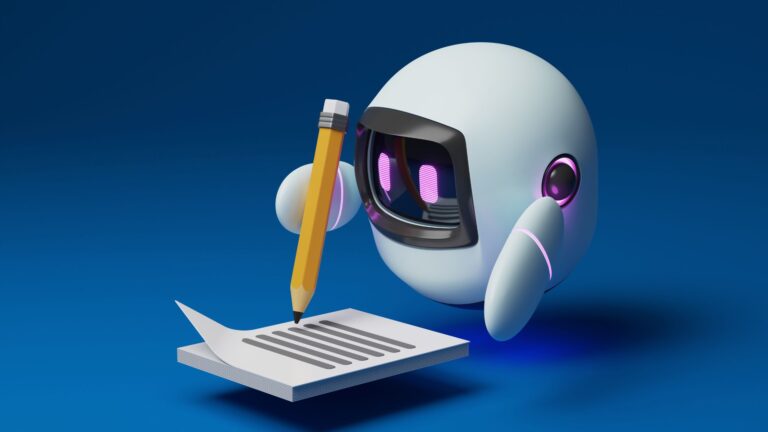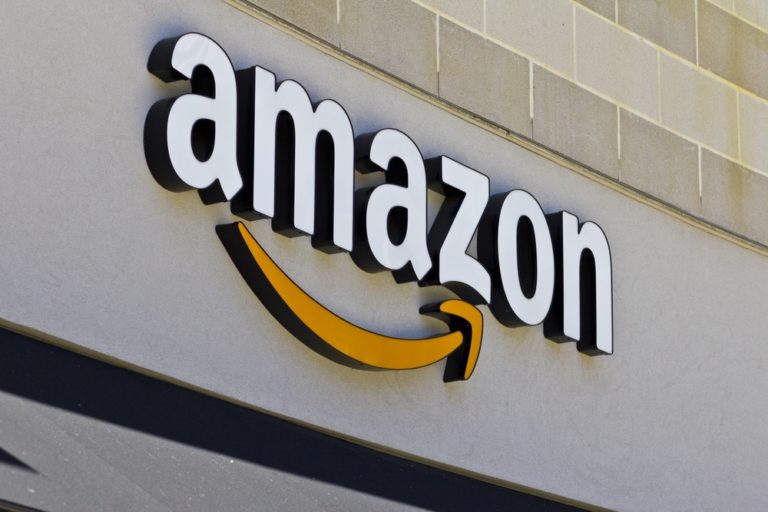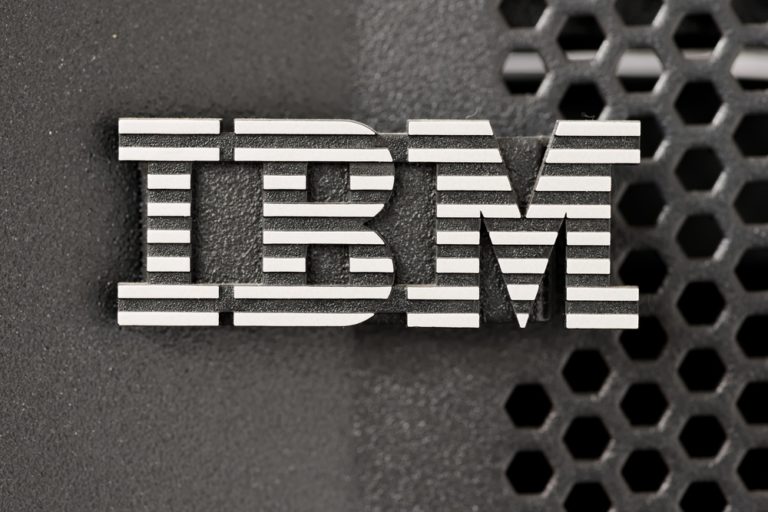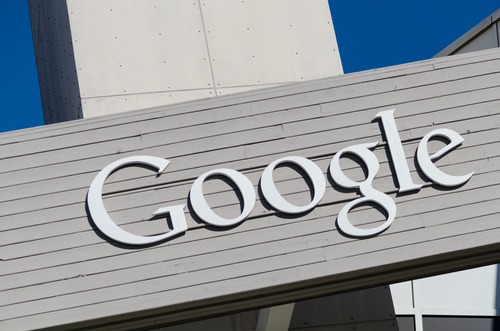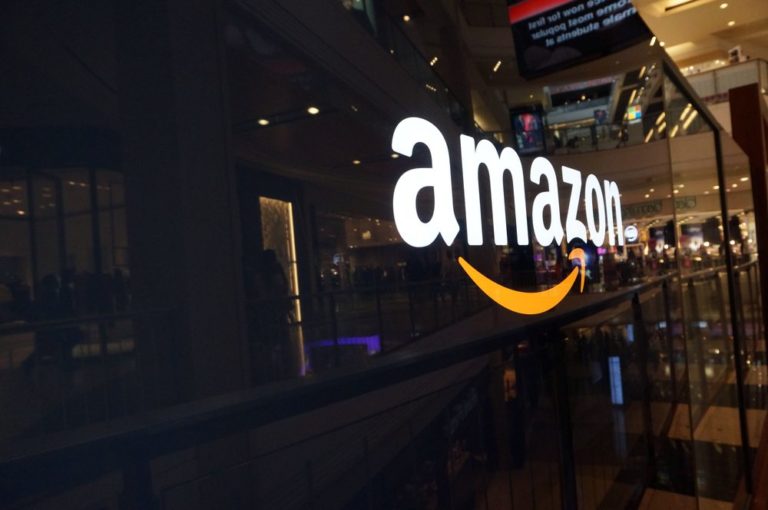Key Takeaways
- Toyota is adding 1.5 billion dollars for startups in mobility, AI, climate tech, sustainability, and automation.
- Two new funds will support early-stage and growth-stage ventures.
- This move shows how Toyota integrates fresh ideas into its daily operations.
- Investments include Joby Aviation for air taxis and projects in fusion energy.
- Toyota aims to lead a tech ecosystem and shape future transport and energy solutions.
Toyota Investment: Driving Tomorrow’s Innovations
Toyota just announced a major move. It will invest an extra 1.5 billion dollars in new startups. With this Toyota investment, the company focuses on areas like mobility, AI, climate tech, sustainability, and automation. This plan uses two funds. One fund will back early-stage companies. The other will help firms that already have some success. As a result, Toyota will add fresh ideas directly into its work.
What Are the New Funds?
First, the early-stage fund will look for new companies with big ideas. These startups often need money to build prototypes, hire talent, and test products. By offering that support, Toyota can see how new tech evolves. Next, the growth-stage fund will back companies already making sales. That fund aims to speed up their market expansion. In this way, Toyota connects its operations with innovative products and services.
Moreover, each fund will target specific areas:
- Mobility: Startups working on electric vehicles, drones, air taxis, and new ride services.
- Climate Tech: Projects that cut carbon emissions or clean up pollution.
- Artificial Intelligence: AI tools for smart factories, self-driving cars, and data analysis.
- Sustainability: Ideas for eco-friendly materials, recycling, and waste reduction.
- Automation: Robotics and software that make tasks safer and faster.
By dividing the money this way, Toyota covers fresh ideas and proven players. However, both funds share one goal: to bring new tech into Toyota’s main business.
Early-Stage and Growth-Stage Focus
Early-stage startups often face big risks. They might need help hiring engineers or setting up labs. They also need guidance on marketing and regulations. Therefore, Toyota’s early-stage fund will give both cash and expertise. Team members at Toyota will mentor these startups. This hands-on support aims to increase each company’s success chance. As a result, Toyota gains insight into new trends before others notice them.
On the other hand, growth-stage companies already have customers and revenue. They may need money to enter new markets or boost production. That is where the growth-stage fund steps in. It will help startups scale quickly. In addition, Toyota can test their products in real-world settings, like assembly lines or test tracks. Thus, Toyota links innovation directly to its factories and showrooms.
Real-World Impact
Toyota has already shown it can mix big business and fresh ideas. For example, it invested in Joby Aviation. Joby builds electric air taxis that could cut travel times in cities. Thanks to Toyota’s backing, Joby has grown faster and gained valuable manufacturing tips.
Another example involves fusion energy. Fusion offers nearly limitless clean power but faces technical hurdles. Toyota’s support in this field shows its long-term vision. By backing fusion startups early, the automaker gains a front-row seat when breakthroughs arrive. Later, Toyota might use fusion power in factories to cut emissions dramatically.
Furthermore, Toyota’s move sends a message. It tells other big companies that investing in startups can offer big returns. Instead of only buying smaller firms outright, Toyota prefers to let them grow. In this way, both sides learn from each other. Startups get stability and know-how. Toyota gains new ideas and tech.
Why This Matters
First, the planet needs clean energy and smarter transport more than ever. Climate change and urban congestion are urgent problems. By focusing on climate tech and mobility, Toyota addresses real needs. Moreover, customers care about green vehicles and smart city solutions. This Toyota investment shows it listens to consumer demands.
Second, the tech world moves fast. A new algorithm or material can change industries overnight. If large companies ignore fresh ideas, they risk falling behind. Therefore, Toyota blends its strong manufacturing base with startup agility. This hybrid approach keeps it competitive against both legacy giants and nimble newcomers.
Third, placing big bets on AI and automation can reshape work. Robots will handle repetitive tasks. AI will drive cars, analyze data, and help doctors. By investing now, Toyota will have a stake in those developments. Thus, it secures influence over emerging markets and standards.
What’s Next for Toyota?
Over the next year, Toyota will announce its first batch of investments from both funds. Industry watchers expect it to pick startups across North America, Europe, and Asia. Moreover, Toyota will likely host demo days where founders pitch ideas to executives. This face-to-face contact helps both sides align goals.
In addition, Toyota may partner with universities and research centers. That way, it taps into fresh academic research. These collaborations could spark new patents and prototypes. As a result, Toyota will strengthen its innovation pipeline from lab to showroom.
Finally, Toyota plans to share some results with the public. It might showcase working prototypes in auto shows or tech fairs. That transparency will boost interest among investors, customers, and potential startup partners.
Toyota Investment in Startups: A Game-Changer
Overall, this Toyota investment marks a big step toward the future. Not only does it pour money into promising fields, but it also builds bridges between big business and creative entrepreneurs. By doing so, Toyota positions itself as a leader in a tech ecosystem that spans cars, clean energy, and smart machines. Consequently, it secures a role in shaping how people travel, power their homes, and interact with technology in the decades to come.
Frequently Asked Questions
What types of startups will Toyota fund?
Toyota will back companies in mobility, climate technology, artificial intelligence, sustainability, and automation. The funds split between early-stage ventures and those already in growth mode.
How does Toyota support startups beyond cash?
Toyota offers mentorship from its engineers and business leaders. It also provides access to facilities, testing grounds, and industry networks.
Why did Toyota choose a fund model rather than buying startups outright?
By investing through funds, Toyota can support many startups at once and let them keep their independence. This approach encourages creativity and speeds up innovation.
How will Toyota’s investments affect its car business?
In the short term, Toyota gains insights into new technologies. In the long term, it can integrate successful innovations into its vehicles and factories, keeping it competitive.


